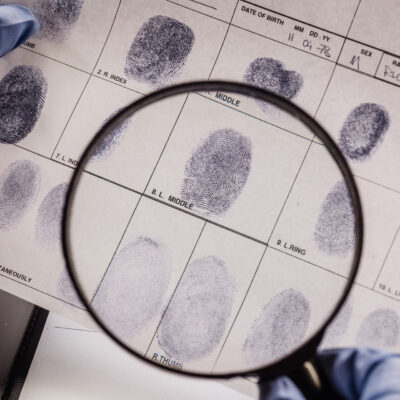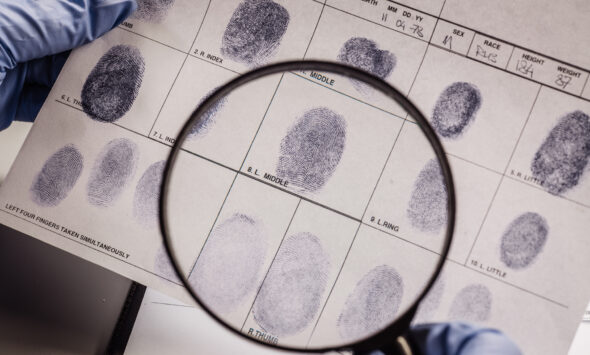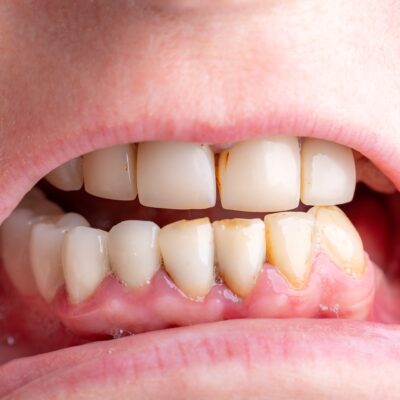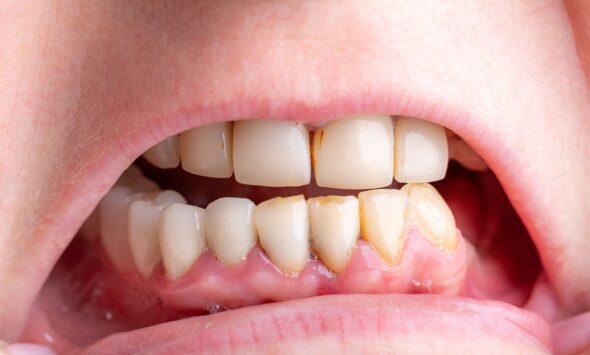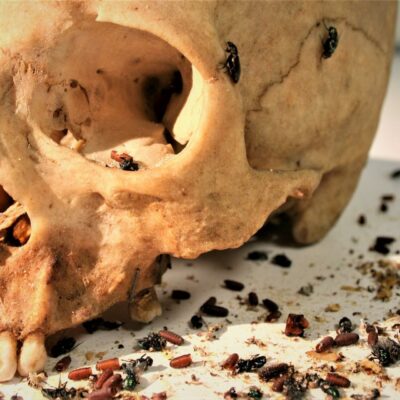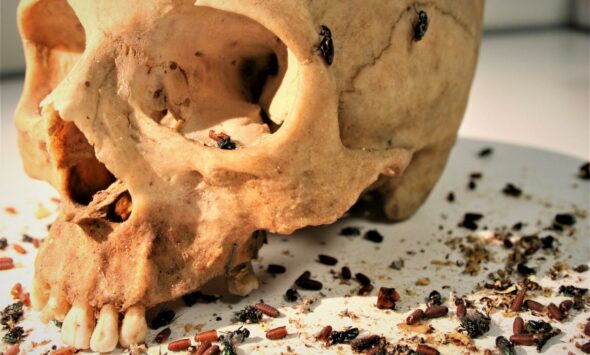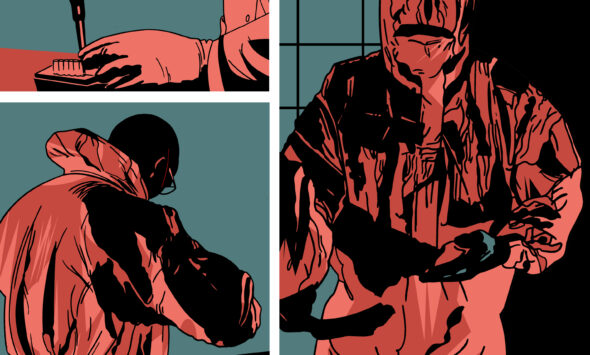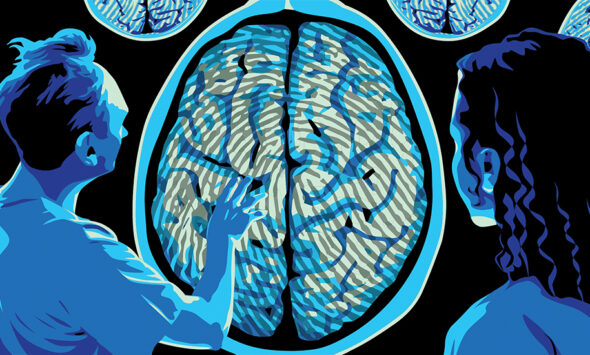While dental analysis has become an established technique in forensic identification, the reliability of bite mark analysis is now under scrutinity due to the lack of sufficient scientific grounding.
Like DNA or fingerprints, teeth and jaws constitute a unique “identity card” for each individual. This observation gave rise to a distinct branch of forensic medicine—forensic odontology—which found one of its earliest applications in 1897, during the Bazar de la Charité fire in Paris. Faced with completely charred and unrecognizable bodies, the authorities decided to call upon the victims’ dentists.
When teeth leave their marks
Since then, this method of identification has been systematically employed whenever human remains must be identified, whether individually or in mass disaster situations, regardless of the circumstances of death. Dental structures are highly resistant to nearly all destructive factors, including burial, cremation, immersion, and even physico-chemical assaults.
In the absence of other data, a forensic odontologist’s examination of teeth—considering pathologies and tooth wear patterns in particular—can provide valuable information on sex, age, ethnicity, and dietary habits. By comparison with ante-mortem dental records, such analyses can formally establish an individual’s identity.
Another area of forensic odontology involves the interpretation of bite marks found on victims—whether living or deceased—as well as on perpetrators or even on certain objects. Today, experts conduct these analyses using digital technologies such as 3D laser scanning, which may lead either to the identification or, conversely, to the exclusion of a potential assailant. However, since there is no standardized or automated methodology and interpretation must take into account numerous factors beyond dental patterns, some specialists argue that this forensic technique lacks sufficient scientific grounding and cannot be considered conclusive evidence.
Reliability under scrutiny
The controversy, which began in the United States in 2009 with a study published by the National Academies of Sciences, Engineering, and Medicine, has recently resurfaced following a draft report issued by the National Institute of Standards and Technology (NIST), questioning the scientific rigor of such analyses.
According to NIST, the interpretation of bite marks relies on two fundamental assumptions: first, that dental impressions are unique; second, that bite marks remain perfectly preserved regardless of the medium. In reality, they often involve only part of the dentition (primarily the anterior teeth). Moreover, human skin—the most common substrate for such marks—is by nature a pliable tissue, subject to distortion depending on its elasticity, the victim’s movements, the development of bruising, and the degree of healing at the site. All these factors, experts argue, undermine the reliability of bite mark comparison as a means of incriminating a suspect.Although this federal agency’s report is still in draft form, its preliminary findings are already stirring significant debate within the scientific community and among advocacy organizations working to prove the innocence of individuals wrongfully convicted. One such organization, the Innocence Project, based in the United States, has highlighted that 26 people were wrongfully convicted on the basis of bite mark evidence—an alarming fact that foreshadows numerous legal battles to come
Sources
https://hal.univ-lorraine.fr/hal-01947165
https://innocenceproject.org/what-is-bite-mark-evidence-forensic-science/
Tous droits réservés - © 2025 Forenseek

